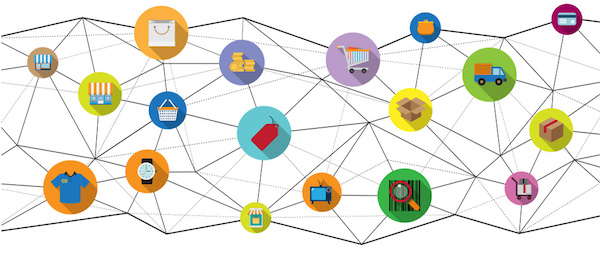
Previously, I described customer journey mapping, and why it is a strategic imperative for organizations committed to designing and delivering better customer experiences.
Beyond documenting the various customer actions, touchpoints, emotions, pain points, and opportunities that journey mapping reveals, it also helps ensure consistent delivery of an organization’s overall customer experience.
One of the most important benefits of customer experience journey maps is that it brings the outside world into an organization.
By detailing all aspects of the customers’ journeys, it tells the entire story of a customer’s experience, and makes it visible for members of an organization, so that they can easily understand things from their customers’ perspective.
This helps to identify and prioritize specific initiatives for creating compelling ways to design and deliver experiences for customers, instead of the internally focused and narrow lenses of siloed operational departments.
By taking a ten-thousand-foot view of their business, organizations can evaluate whether their strategies match their targeted audience’s personas, and achieve their intended results.
The resulting visualization of customer experience journey maps emphasizes a high level of clarity and transparency, allowing organizations to better serve their customers and effectively target their own objectives and goals.
Organizations that make customer journey mapping a standard business practice significantly outperform their competitors, and enjoy truly eye-popping ROI, including 200 per cent greater employee engagement and 350 per cent more revenue from customer referrals.
In fact, according to a 2016 study by Aberdeen Group research, the specific year-over-year growth that companies with a formal customer journey management program enjoy over those that don’t include:
–A 54 per cent greater return on marketing investment: Interested in boosting the effectiveness of your marketing spending, and reaching more of the right customers more quickly? Here’s an answer. (The research found 24.9 per cent YoY growth with customer journey management, versus 16.2 per cent without);
–More than 10 times improvement in the cost of customer service: Of the major areas customer experience drives ROI, reduction in costs (in addition to new business from positive word of mouth, greater wallet share, and lower churn) is among the easiest to sell internally. (The research found 21.2 per cent YoY growth with customer journey management versus -2.2 per cent without);
–24 per cent more positive social media mentions: This is one way to boost word of mouth and social influence among the most powerful drivers of engagement in the era of smart customers. (The research found 20.7 per cent YoY growth with customer journey management versus 16.7 per cent without);
–3.5 times greater revenue from customer referrals: Linking to social media mentions, but even more powerfully to analog conversations, referral customers are some of the least expensive to acquire. (The research found 17.9 per cent YoY growth with customer journey management versus 5.1 per cent without);
–18 times faster average sales cycle: What if you could radically accelerate the speed of your sales cycle? Good news: You can. (The research found 16.8 per cent YoY growth with customer journey management versus 0.9 per cent without);
–56 per cent more cross- and up-sell revenue: With a direct linkage to greater share of wallet and customer lifetime value, increased top- and bottom-line revenue follow closely behind. (The research found 15.3 per cent YoY growth with customer journey management versus 9.8 per cent without).
Applying customer journey mapping in an organization’s strategic planning process establishes trust, supports growth and empathy, and promotes strategy-based decision making that creates an environment of constant innovation, and leads to overall growth and customer satisfaction.
--
About the Author - James Grieve CMC, MBA
James Grieve is a Certified Management Consultant and partner in Nucleus Strategies, a Kelowna-based consulting firm that specializes in working with businesses in a variety of industries to design great service experiences that delight customers and improve business performance. For over 20 years James' consulting career has been well balanced among: strategic planning, marketing strategy, project management, change management, B2B and B2C sales, customer experience design, and business development, with emphasis on building, nurturing, and sustaining client relationships.
He can be reached at 778.214.6010, or james@nucleus-strategies.com.



